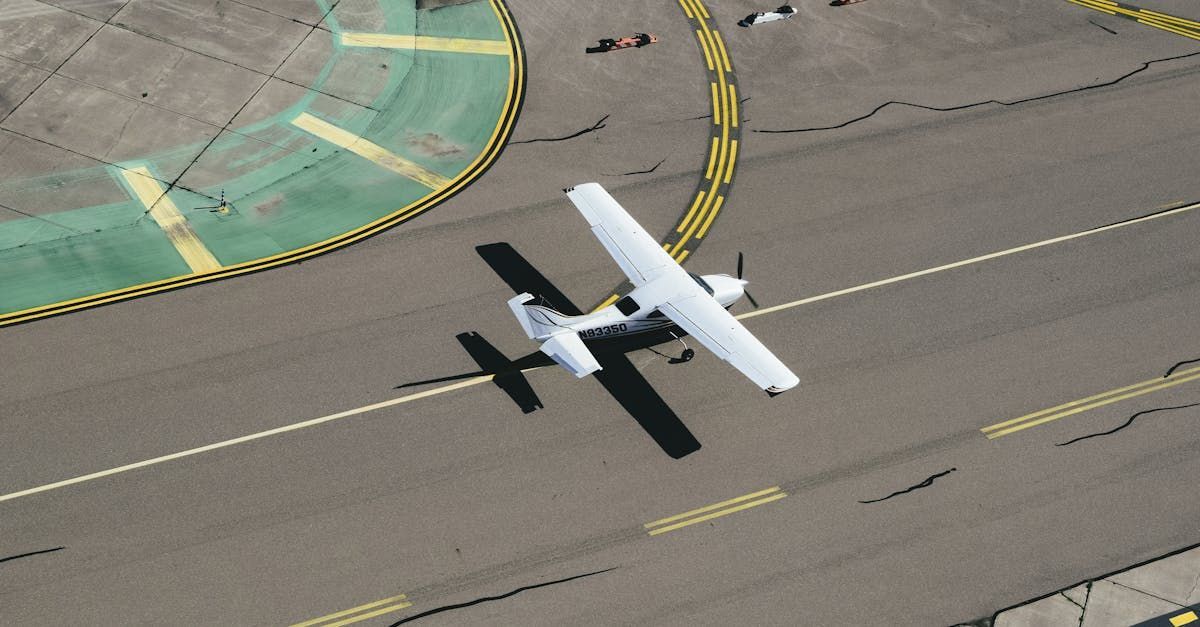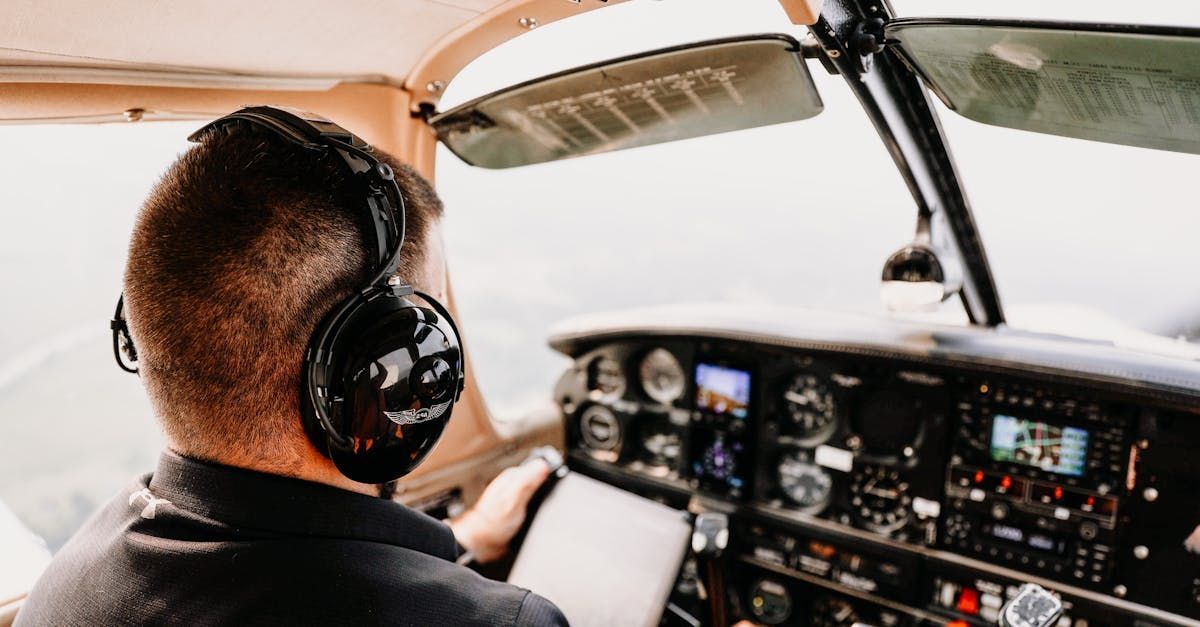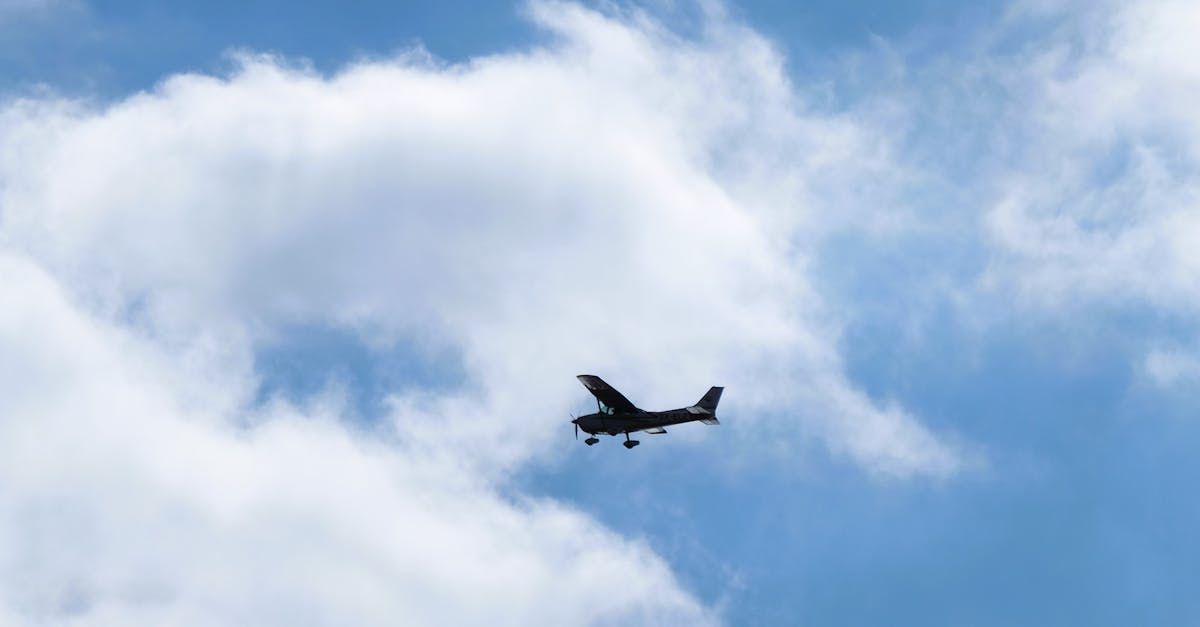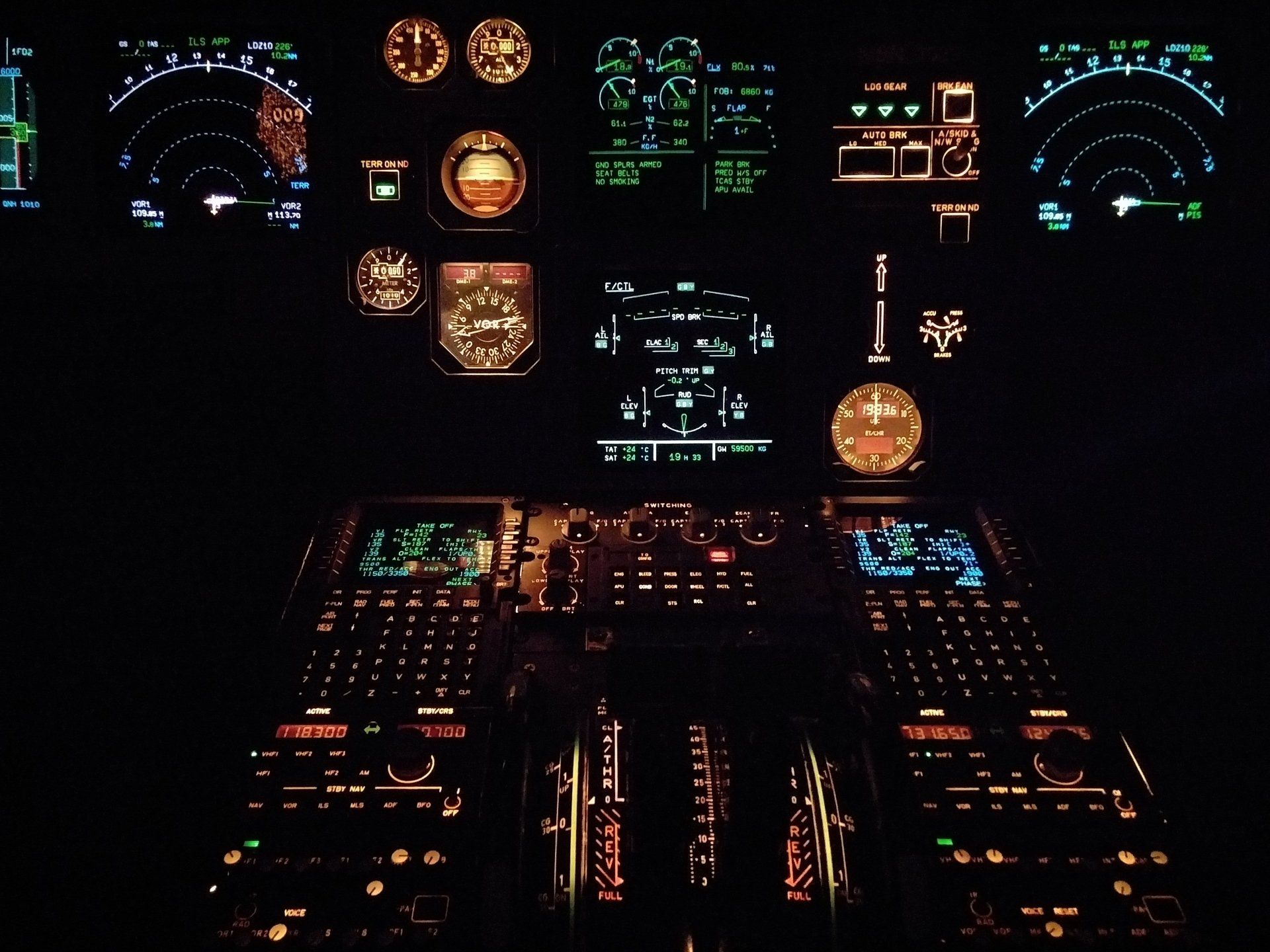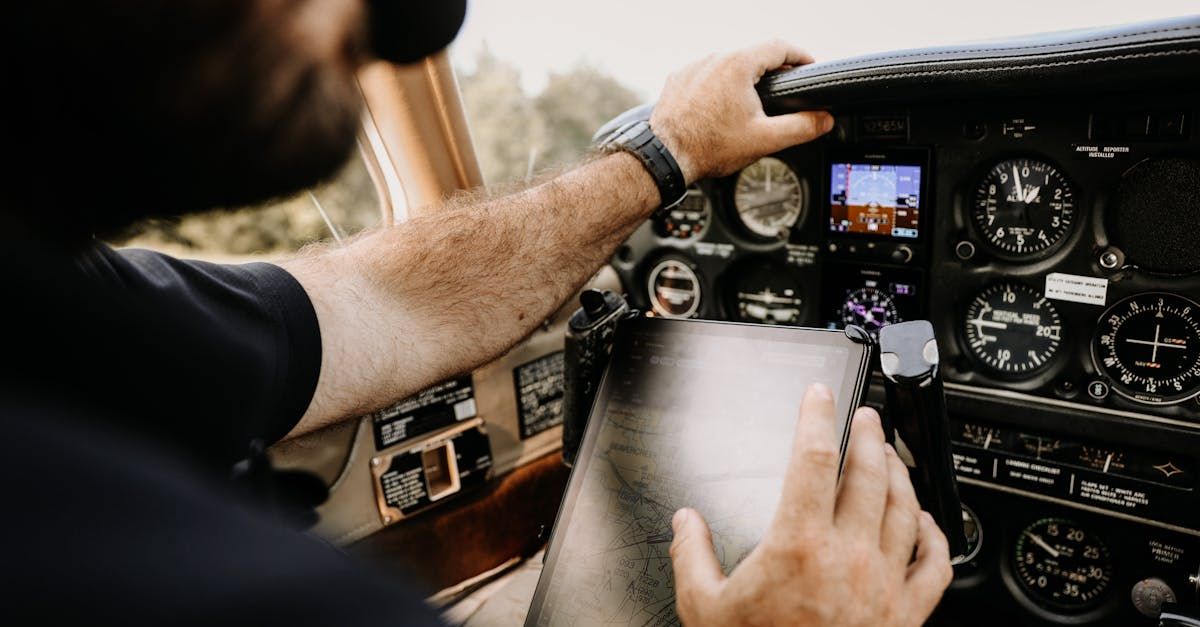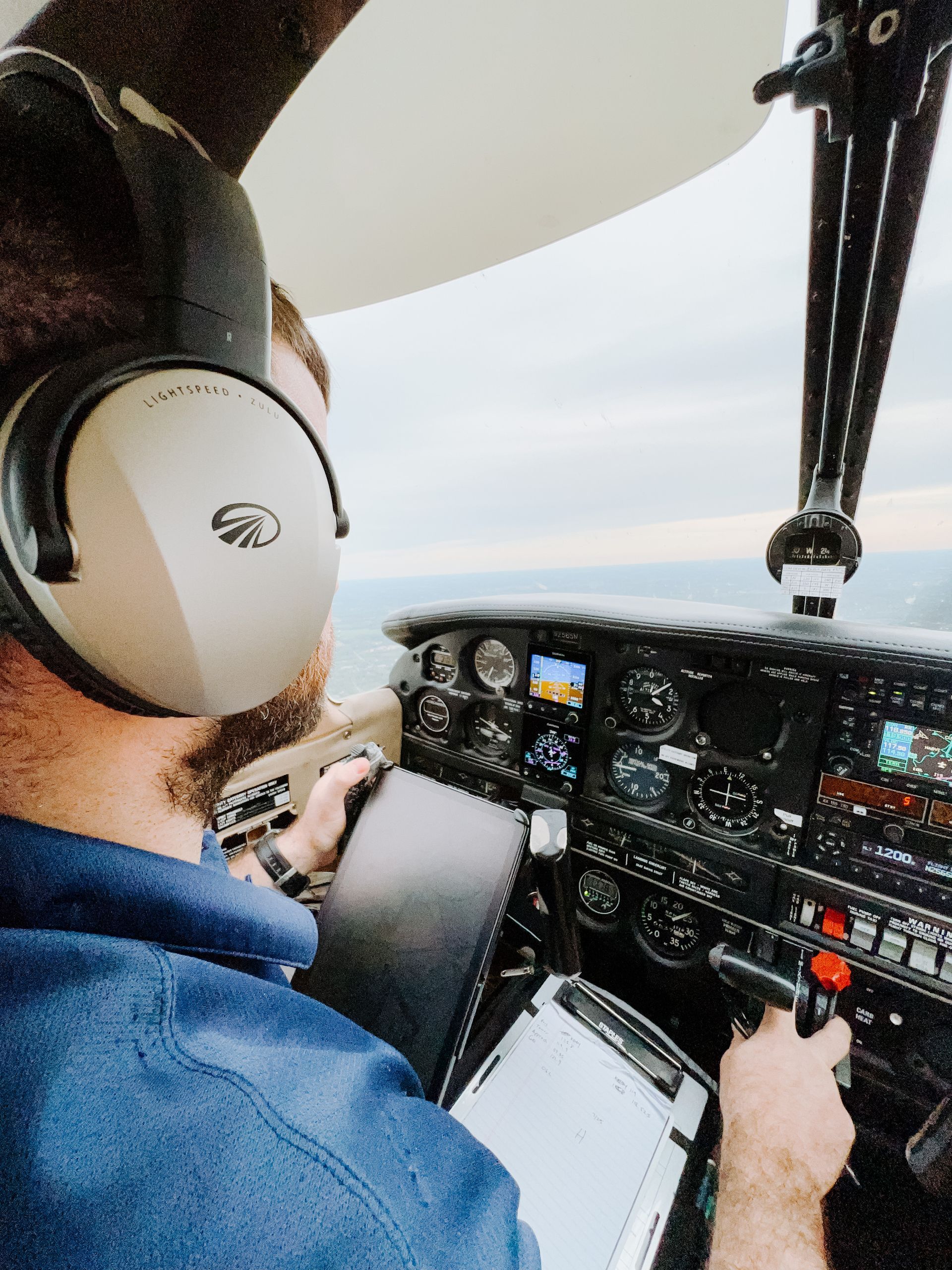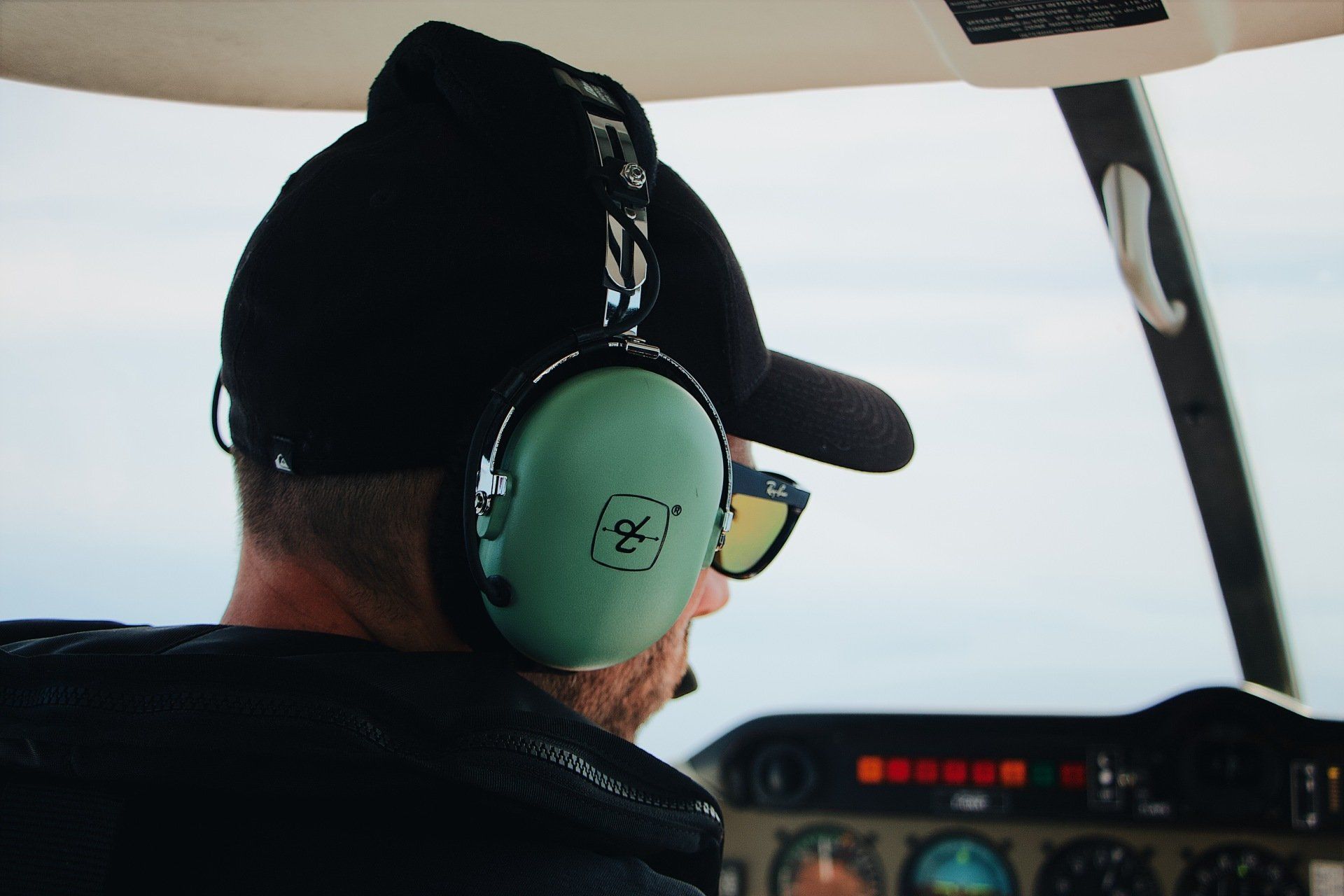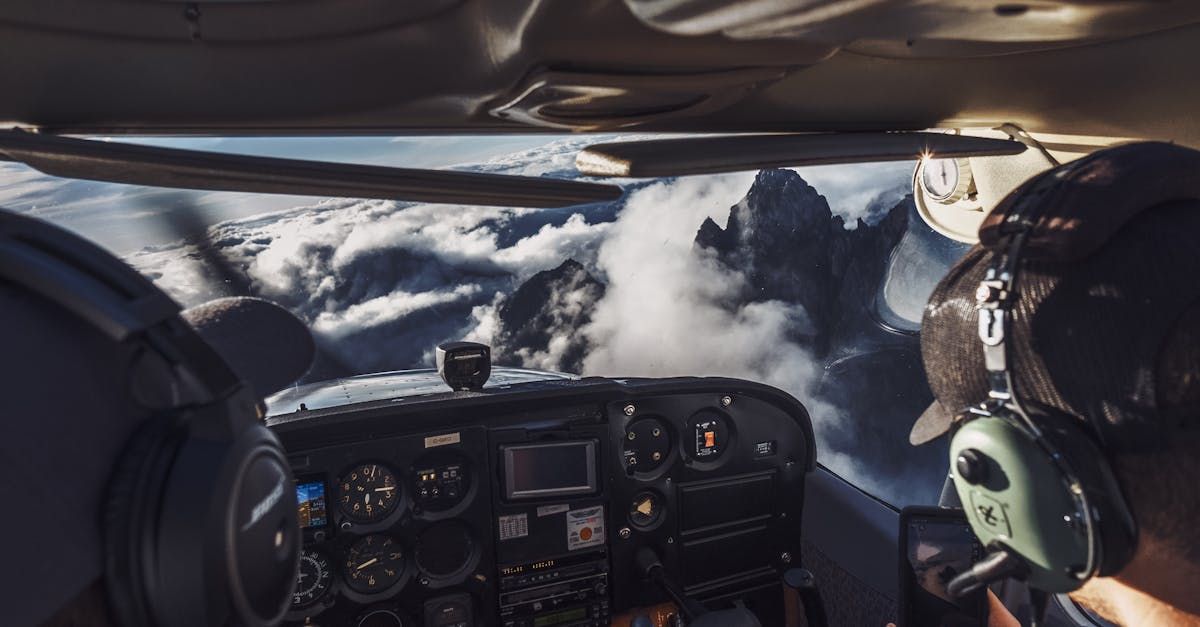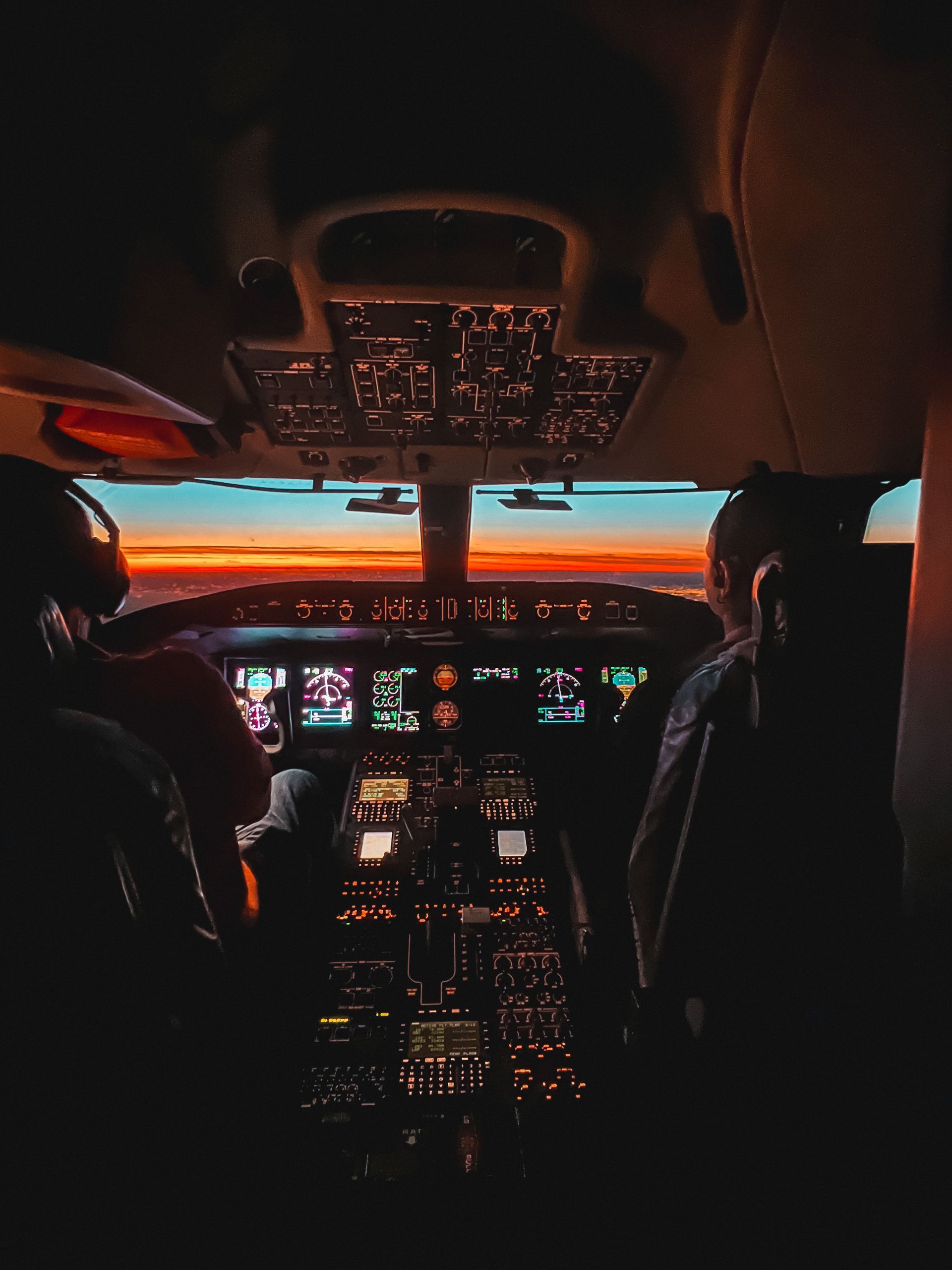How Flight Training Can Catapult Your Career
Get your career soaring to new heights.

The allure of the skies has captivated humanity for centuries. Today, taking the helm of an aircraft is not just about the thrill of flying but also a strategic career move. Flight training doesn't just lead to a pilot's license; it can be the launchpad for your career, propelling you into a world of opportunities. Here's how embracing the world of aviation through flight training can set your professional life soaring to new heights.
Sky-High Demand
The aviation industry is experiencing a monumental demand for pilots. With increasing numbers of pilots reaching mandatory retirement age and a growing global travel industry, the need for skilled aviators is on the rise. This demand spells opportunity for those with the vision to pursue flight training now. Securing your place in the cockpit could lead to job security and a lucrative career in the years to come.
Diverse Career Paths
Flight training opens the door to numerous avenues within the field of aviation. Besides becoming a commercial airline pilot, certified flyers can explore careers as cargo pilots, emergency service pilots, flight instructors, charter pilots, or even as pilots for governmental agencies. Each path offers unique challenges and rewards, ensuring your career can remain as dynamic as you wish.
Accelerated Growth Potential
Unlike many traditional careers, aviation allows for relatively quick progression. With focused training and the accumulation of flying hours, pilots can rise through the ranks much faster compared to many other professions. This level of career advancement not only brings with it increased responsibilities and the thrill of flying different aircraft but also the potential for significant pay raises.
Global Opportunities
With a license to fly, the whole world can become your workspace. Pilots are in demand across the globe, and airlines often seek experienced pilots willing to relocate. This global mobility can provide you with the chance to travel, live in different countries, and experience a myriad of cultures—all while doing a job you love.
Networking and Community
The aviation community is a tight-knit world where networking can lead to career progression and opportunities. Flight training introduces you to this community early on, helping you build connections with fellow pilots, instructors, and industry professionals. Your peers could be the key to finding out about new job openings, career tips, and the latest developments in aviation.
Professional Skill Set
Learning to fly hones a wide array of professional skills that are highly transferrable and respected in various industries. Pilots must exhibit strong decision-making abilities, clear communication, problem-solving skills, and the capacity to operate under pressure. These competencies can enhance your CV, making you an attractive candidate to potential employers both within and outside the field of aviation.
Personal Growth and Confidence
The process of flight training is as much about personal development as it is about professional advancement. The discipline required to complete the training, along with the confidence gained from mastering an aircraft, can have profound effects on your self-esteem and personal capabilities. This newfound confidence can make you more assertive and effective in all your professional endeavors.
Constant Learning and Innovation
Flight training is the beginning of a career-long learning journey. The aviation industry is one of constant technological advancement and innovation, requiring pilots to continually update their knowledge and skills. This commitment to lifelong learning can keep your career exciting and ensure you stay at the forefront of industry developments.
Investment in Your Future
Pursuing flight training is an investment in your personal and professional future. While the costs associated with becoming a pilot can be significant, the potential return on investment in terms of salary, benefits, and job satisfaction is considerable. Airlines often offer benefits like flexible schedules, travel perks, health insurance, and retirement plans, adding to the allure of a career in aviation.
A View from the Top
Few jobs offer the literal and metaphorical viewpoint that pilots enjoy. You'll have a vantage point that few can claim – one that provides a daily reminder of the exceptional nature of your profession. Experiencing the world from above not only contributes to a fulfilling career but can also offer a unique perspective on life.
Flight training is more than just learning to fly; it's an entry ticket into a career with vast potential. Whether you seek adventure, ambition, or the freedom of the skies, a career in aviation holds the promise to take you further than you ever imagined. Strap in and prepare for takeoff; your future is waiting on the horizon.


